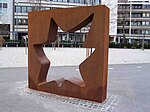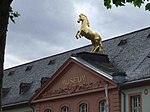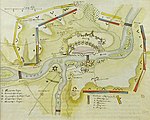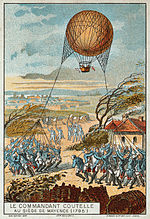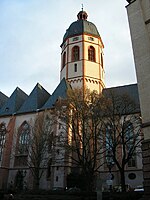Trams in Mainz
600 V DC railway electrificationMetre gauge railways in GermanyTown tramway systems by cityTram transport in GermanyTransport in Mainz
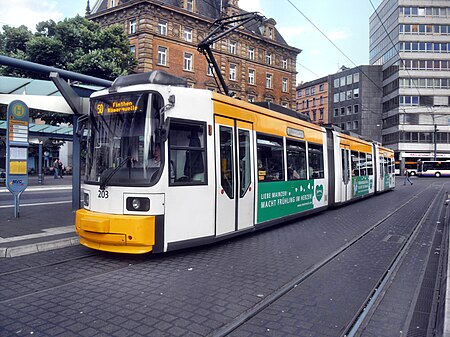
The Mainz tramway network (German: Straßenbahnnetz Mainz) is a network of tramways forming part of the public transport system in Mainz, the capital city of the federal state of Rhineland-Palatinate, Germany. Opened in 1883, the network has been operated since 2001 by the Mainzer Verkehrsgesellschaft (MVG), and is integrated in the Rhein-Main-Verkehrsverbund (RMV).
Excerpt from the Wikipedia article Trams in Mainz (License: CC BY-SA 3.0, Authors, Images).Trams in Mainz
Große Langgasse, Mainz Altstadt
Geographical coordinates (GPS) Address Nearby Places Show on map
Geographical coordinates (GPS)
| Latitude | Longitude |
|---|---|
| N 50 ° | E 8.2666666666667 ° |
Address
Große Langgasse 9
55116 Mainz, Altstadt
Rhineland-Palatinate, Germany
Open on Google Maps



